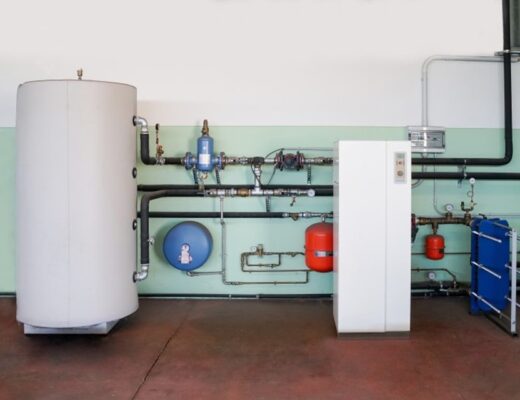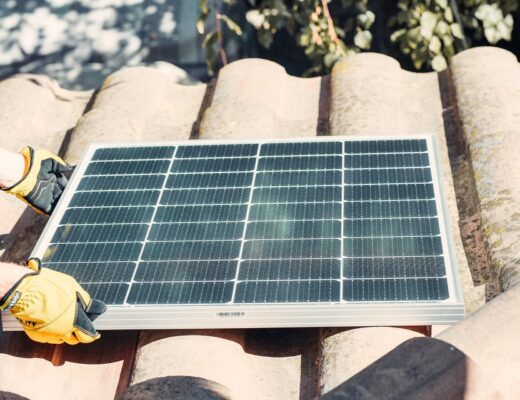A Variable Refrigerant Flow System, also known as VRF, is a high-performance and dependable HVAC system that is currently enjoying growing popularity with homeowners and commercial buildings. VRF systems are among the most desirable solutions for HVAC, especially for the comfort and necessity of energy saving and affordable efficiency offered by the versatile design brought by the VRF systems. However, just like any other equipment, regular VRF maintenance and check-ups are necessary to ensure optimal performance and longevity. Thus, in this post, we’ll provide you with a simple guide on how to conduct a basic VRF system check-up in your home.
The Basics Of A VRF System
The Variable Refrigerant Flow System or more simply, VRF System is also referred to as the cooling or heating system that uses the refrigerant as the cooling and heating medium. It is the use of an outdoor unit that is attached to several indoor units through a refrigerant line; thus, a non-ducted system. The indoor units are operable uniquely, and they have temperature sensors that sense the temperature of the room and adjust output automatically. The popularity of VRF systems can be attributed to the fact that they can cool and heat at the same time while maintaining high levels of efficiency and versatility. They can also incur energy savings of between 30-40% than conventional heating, ventilation and air conditioning systems.
Pre-Check-Up Preparation
If jacked up properly the VRF system for home use may serve you well for many years to follow. To undertake any VRF system maintenance or diagnostics, it is vital to switch off the electricity that powers the system before doing anything else. Make sure that all the breakers, disconnects and power switches are in the off position. Also make certain that the panel door is tightly secured and any removable parts are reassembled, especially the air filter and the circuit board. Including this step here guarantees that safety precautions and correct function are maintained over the check-up procedure.
Step-By-Step Guide To Conducting A Basic VRF System Check-Up
Visual Inspection
Initial inspection for a basic VRF system check-up involves a visual examination. Ensure that the equipment does not have any damage or signs of use. Check the piping system and the refrigerant for leaks, wearing out, and damage. Inspect that the units are clean and have no dust or other dirt on them. Furthermore, check if air filters are dirty and require cleaning.
Electrical Checks
The second step involves carrying out an electrical test. Verify if all wiring terminals are tight. Additionally, look for burnt or melted plastic residue on the wiring or circuit boards. Check the circuit breaker and fuses for proper installation and to ensure they are not tripped.
Operational Checks
The operational checks are the third step. Switch on the power supply and watch the system functioning. Verify that the indoor units react to the remote, the temperature set, and function properly. Check the outdoor unit during operation noting any unusual sound or vibration.
Component-Specific Checks
Component-specific checks make up the fourth step. These include conducting measures on the various sections of the VRF system including the compressor, expansion valves, and heat exchanger. These are checks that are more detailed, and it is advisable to utilize the guidelines that the manufacturer has given to help him be on the right track.
Documentation
The documentation is the fifth and final stage. Write down the findings and outcomes of the VRF system checkup and maintain a history of previous checkups. Through this documentation, you are able to log the performance of the system and then identify the trends of performance as well as consistent problems that help you prepare for your subsequent VRF maintenance.
When To Call A Professional?

Any fault identified after the VRF system check-up should be reported to specialist VRF system maintainers or repairers. These are the professionals who have the license, certification, and knowledge in dealing with VRF systems. It is advisable to get in touch with them early on before the damage is too much and irreversible.
In Conclusion
The use of a VRF system for the home is an economical and effective HVAC option, though one should never neglect its maintenance aspect. The fact that your VRF system is energy efficient and capable of providing optimal performance does not mean that you do not need the basic check-ups. Regular maintenance and inspection of the VRF system will result in huge savings on energy costs and repair services. Always check for professional VRF system maintenance such as Fuse Service in case of any problems that would aid in your system running properly.








No Comments